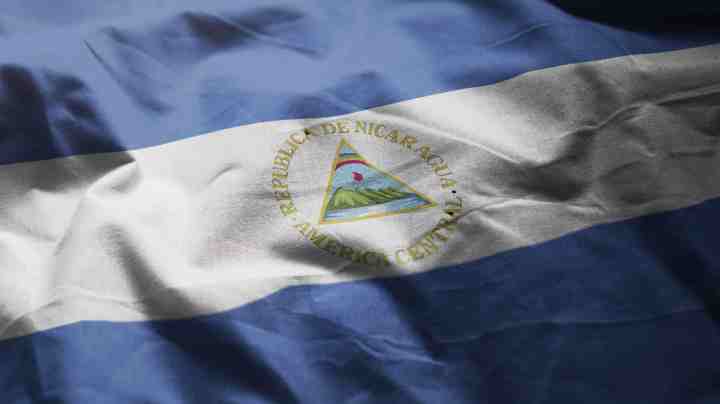1
April 10, 2018
On April 10, 2018, 300 people gathered near Universidad Centroamericana (UCA) to protest the forest fire at the Reserva Biológica Indio Maíz. The fire burned more than 5,000 hectares of land, and instead of accepting help from neighboring Costa Rica to control the fire, the government was negligent. It ignored the problem.
While the protest was small, it was a spark. In big cities, people began calling on the government to do something. At the same time, we began to see the police and Juventud Sandinista work together to control protesters. They held counter-protests and marches in the same locations. The regime used riot police to control spontaneous caravans and demonstrators at the center of Managua.

